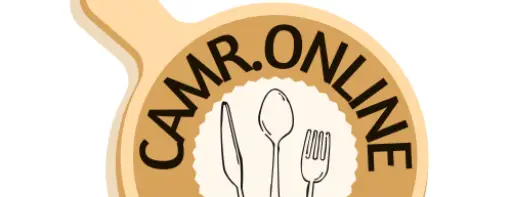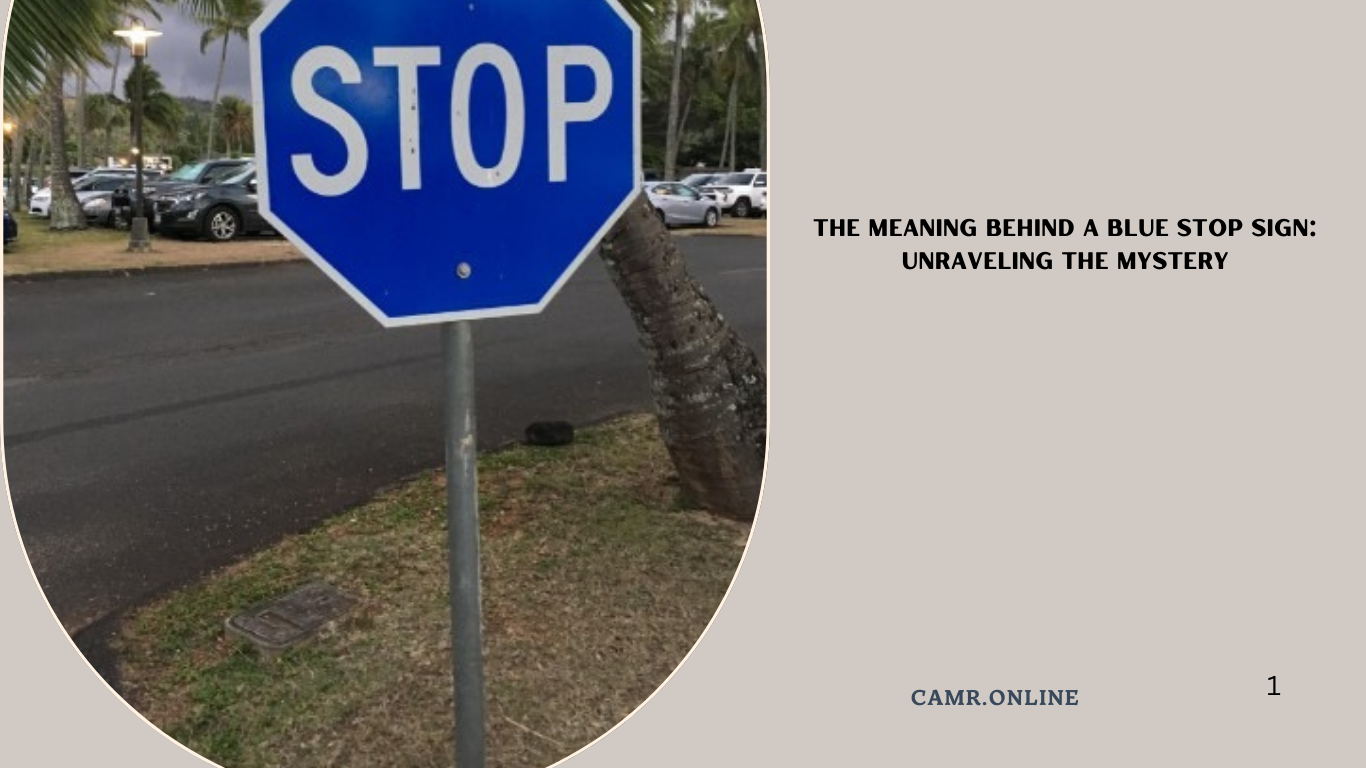Stop signs are a universal symbol of traffic control, instantly recognizable by their bright red color and bold white lettering. But what if you came across a blue stop sign? Would it mean the same thing? Or is there a hidden message behind this unusual variation? In this article, we’ll explore the meaning behind a blue stop sign, its potential significance, and why it might appear in certain places. Let’s dive into this intriguing topic!
Why the Color of a Stop Sign Matters
Stop signs are designed to be highly visible and universally understood. The red color was chosen for its ability to grab attention and convey urgency. But when a stop sign deviates from this standard—like a blue one—it naturally raises questions. Here’s why color plays such a crucial role in traffic signs:
- Red: Signals danger, stop, or prohibition.
- Blue: Often indicates information, guidance, or services.
- Yellow: Warns of caution or potential hazards.
- Green: Provides directional guidance or permission to proceed.
So, what does it mean when a stop sign is blue instead of red?
Possible Meanings of a Blue Stop Sign
While blue stop signs are not standard, they can appear in specific contexts. Here are some possible explanations:
1. Private Property or Non-Public Roads
Blue stop signs are sometimes used on private property, such as parking lots, gated communities, or industrial sites. These areas may not be regulated by public traffic laws, allowing for non-standard signage.
2. Artistic or Decorative Purposes
In some cases, blue stop signs may be used for artistic or decorative reasons, such as in movies, TV shows, or themed environments. These signs are not meant to regulate traffic but to create a specific aesthetic.
3. Experimental or Temporary Signs
Transportation departments occasionally test new designs or colors for traffic signs. A blue stop sign could be part of an experiment to evaluate its effectiveness or visibility.
4. Misprinted or Faded Signs
In rare cases, a blue stop sign might be the result of a printing error or fading over time. While this is unlikely, it’s not impossible.
5. Cultural or Regional Variations
In some countries or regions, traffic signs may differ from the standard international design. A blue stop sign could be a localized variation, though this is uncommon.
The Importance of Standardized Traffic Signs
Standardized traffic signs are essential for ensuring safety and consistency on the roads. When drivers encounter a stop sign, they instinctively know to come to a complete halt. Deviations from the standard—like a blue stop sign—can cause confusion and potentially lead to accidents. This is why most countries adhere to strict guidelines for traffic sign design and color.
What to Do If You See a Blue Stop Sign
If you encounter a blue stop sign, here’s what you should do:
- Treat It Like a Regular Stop Sign: Unless you’re certain it’s decorative or non-regulatory, assume it requires you to stop.
- Look for Context: Check the surroundings to determine if the sign is on private property or part of a themed environment.
- Report It: If the sign appears to be a mistake or is causing confusion, report it to local authorities or the property owner.
Fun Fact: The History of Stop Signs
Did you know that the first stop signs weren’t red? In the early 20th century, stop signs were yellow with black lettering. It wasn’t until the 1950s that the red color became standard, thanks to advancements in reflective materials and the need for greater visibility.
Final Thoughts
While a blue stop sign might seem unusual, it’s likely tied to specific contexts like private property, artistic design, or experimental testing. Regardless of its color, the primary purpose of a stop sign remains the same: to ensure safety on the roads. So, the next time you see a blue stop sign, you’ll know there’s more to it than meets the eye!







